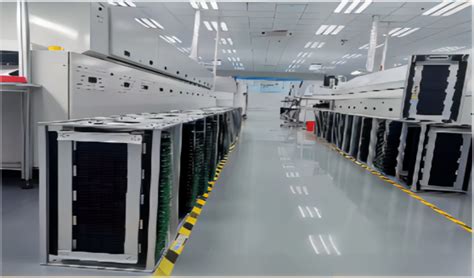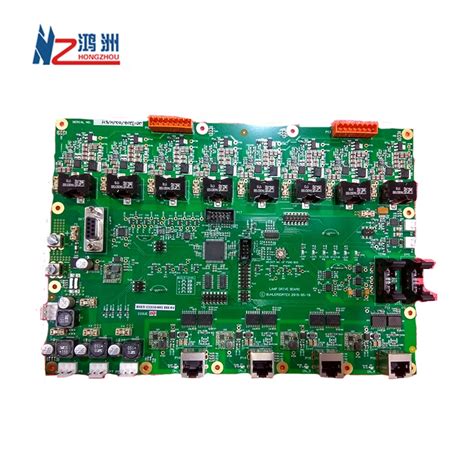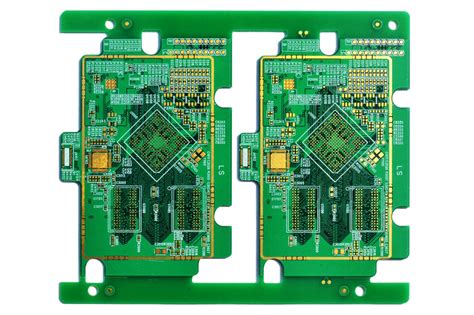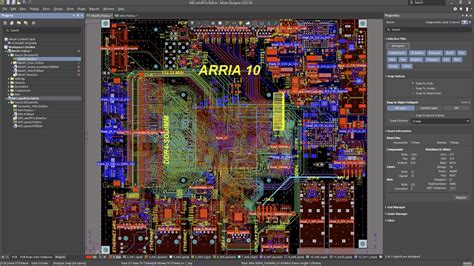Unlocking Success: The Best PCB Assembly Services for Your Needs
Key Takeaways
When embarking on a project requiring PCB assembly, it’s essential to grasp the core elements that drive effective collaboration with service providers. Firstly, understanding the complexities of PCBA involves recognizing not only the technical specifications of your design but also how these specifications translate into production processes. Selecting a service provider should be based on several key factors, including technological capabilities, integration of quality control measures, and flexibility in accommodating project-specific needs. It’s crucial to compare various PCB assembly options, emphasizing both quality and cost, as this balance is vital to achieving optimal results without compromising your budget. Moreover, ensuring efficient practices throughout the assembly process will save valuable time and resources; hence, identifying any potential bottlenecks at the outset is highly recommended. Finally, staying informed about future trends and advancements in PCB assembly technology can provide a competitive edge, allowing you to adapt swiftly to industry changes while meeting the specific demands of your electronic projects effectively.
Understanding PCB Assembly: What You Need to Know
PCB assembly, often referred to as PCBA, is a critical process in the production of electronic devices. This process encompasses various stages, including the placement of electronic components onto a printed circuit board (PCB), soldering, and subsequent testing for functionality. Understanding the fundamentals of PCB assembly can dramatically influence the quality and performance of your final product.
At its core, PCBA combines meticulous engineering with systematic production techniques. Properly executed PCB assembly helps ensure that each component is securely attached, minimizing potential failures in electronic devices. There are two primary types of PCB assembly: surface mount technology (SMT) and through-hole technology (THT), each with distinct advantages depending on your project’s needs.
When engaging with pcb assembly services, it’s essential to consider the material quality used for PCBs, as well as adherence to industry standards such as IPC-A-610 for soldering quality. Additionally, understanding lead times, cost structures, and manufacturer capabilities can greatly affect your project timelines.
In an era where technology rapidly evolves, keeping abreast of advancements in methods and materials is paramount. Leading firms continuously innovate ways to enhance efficiency and reduce costs without compromising quality.
| Aspect | Considerations |
|---|---|
| Technology Choice | SMT vs. THT |
| Quality Standards | IPC-A-610 |
| Source Materials | ROHS compliance |
| Testing Methods | Functional vs. In-Circuit Testing |
| Lead Times | Average production timelines |
By familiarizing yourself with these concepts surrounding PCB assembly, you position yourself to make informed decisions that ultimately ensure the success of your electronic projects.
Key Factors to Consider When Choosing PCB Assembly Services
Selecting the right pcb assembly service can significantly impact the success of your electronic projects. Several key factors come into play when making this decision. First and foremost, it’s essential to assess the quality of the services provided. A reputable assembly provider should have a track record of delivering high-quality work, often backed by certifications such as ISO 9001. This ensures that they adhere to strict manufacturing standards and can meet your specific requirements.
In addition to quality, consider the capabilities and technologies utilized by the assembly service. Some companies specialize in traditional pcb assembly, while others may be equipped with advanced techniques such as surface mount technology (SMT) and through-hole technology (THT). These capabilities can greatly influence not only the efficiency of your project but also its overall complexity.
Another critical consideration is the cost Efficiency associated with the service. While it’s tempting to go for the cheapest option, be cautious; opting for low-cost services may lead to compromised quality or longer turnaround times. Instead, focus on providers that offer a balanced approach of competitive pricing without sacrificing reliability.
Finally, pay attention to customer support and communication. A responsive team will facilitate a smoother process and address any concerns promptly throughout your project timeline. As a rule of thumb:
“Choose a partner who is not only responsive but also proactive in addressing potential issues.”
By weighing these factors carefully, you can make an informed decision that enhances your project’s success in utilizing PCB manufacturing services like pcba.
Top-Rated PCB Assembly Providers: A Comprehensive Review
When it comes to selecting pcb assembly providers, the market offers a plethora of options that cater to various project requirements. A top-rated provider should demonstrate expertise in PCBA processes, combining speed and precision to enhance product outcomes. High-quality pcb assembly services typically encompass a thorough understanding of different materials, manufacturing techniques, and design specifications. A comprehensive review of these providers reveals that those who prioritize customer support and offer customization options tend to stand out in the competitive landscape. Furthermore, evaluating their production capabilities, testing methodologies, and adherence to industry standards can significantly influence your decision. Ultimately, choosing the right PCBA service is crucial for ensuring the reliability and functionality of your electronic devices, making it necessary to invest sufficient time in researching and comparing various suppliers. By assessing factors such as delivery times, cost efficiency, and overall quality assurance practices, you can unlock the potential for success in your electronic projects.
Comparing Quality and Cost in PCB Assembly Services
When selecting PCB assembly services, it is crucial to find the right balance between quality and cost. The initial cost might seem like the primary factor; however, it is just one of many considerations in the broader context of your project. Lower-priced PCBA options might lead to compromises in material quality, workmanship, or even delivery timelines, resulting in potential setbacks down the line. On the other hand, while premium PCB assembly services often offer superior quality and reliability, they can strain your budget if not properly assessed. It is essential to evaluate manufacturers based on various criteria including quality certifications, customer reviews, and turnaround times. Comparing these factors will help ensure you receive a product that meets your expectations without breaking your budget. Moreover, engaging with providers helps in understanding their capabilities and any value-added services they might offer, allowing for a more informed decision that aligns with your specific needs for efficient PCB production. Ultimately, striking a proper equilibrium between these elements can significantly influence the overall success of your electronic projects.
How to Ensure Efficiency in Your PCB Assembly Process
Ensuring efficiency in your PCB assembly process is crucial for the success of any electronics project. To achieve this, start by optimizing the design and layout of your printed circuit board (PCB). This entails using design software that allows for accurate simulation and minimizes errors, significantly reducing production time. Additionally, neighboring components should be placed strategically to facilitate easier soldering, which can streamline the overall pcba process.
Implementing automated processes such as pick-and-place machines can further enhance efficiency by providing speed and precision in component placement. It’s also important to maintain open communication with your PCB assembly service provider, as this allows adjustments to be made on-the-fly to accommodate any last-minute changes or complications. Regular quality checks during production can help catch issues early on, saving both time and resources. Ultimately, focusing on these elements not only improves the performance of your final product but also ensures that you stay within budget while adhering to deadlines.
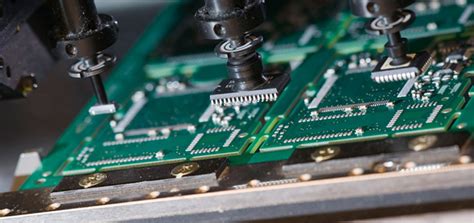
Common Challenges in PCB Assembly and How to Overcome Them
PCB assembly can pose a range of challenges that may hinder the smooth execution of electronics projects. One common issue is component misalignment, which can lead to improper functionality of the final product. To address this, utilizing high-quality PCBA kits that include precise components and ensuring adequate training for assembly staff are crucial steps. Additionally, soldering defects can arise from varying solder paste application techniques or quality issues. Implementing rigorous inspection processes, such as automated optical inspection (AOI), can help catch these defects early in the PCB assembly process. Another challenge is production delays, often caused by supply chain disruptions or inadequate planning. Collaborating closely with suppliers and adopting just-in-time inventory strategies can dramatically reduce lead times. Ultimately, being proactive in identifying potential pitfalls at each stage of pcba can enhance the reliability and success of your electronic projects while ensuring your PCB assembly services meet industry standards for quality and efficiency.
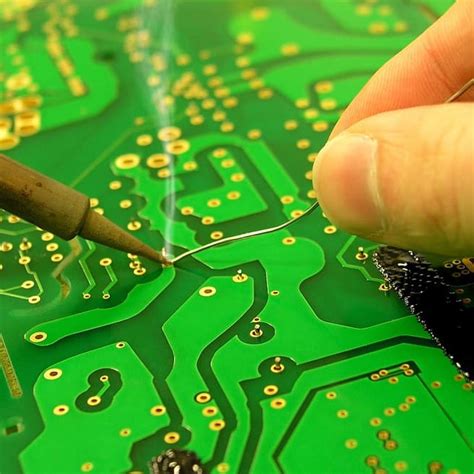
Future Trends in PCB Assembly Technology
As the landscape of PCB assembly continues to evolve, several key trends are shaping the future of this critical industry. One notable trend is the increasing integration of automation and robotics within the pcba process. This advancement not only enhances production speed but also significantly reduces human error, allowing for higher precision in assembly tasks. Additionally, the rise of Internet of Things (IoT) devices has driven demand for more compact and efficient PCB assembly solutions that can accommodate advanced functionalities in limited spaces.
Another impactful trend is the shift toward environmentally sustainable practices in pcba, where manufacturers are prioritizing eco-friendly materials and processes. This shift not only aligns with global sustainability goals but also caters to a growing consumer demand for greener electronics. Furthermore, innovations in materials science are enabling the development of new substrates and components that can withstand harsher conditions, thereby expanding the potential applications of PCB assembly technology.
Lastly, with advancements in design software and simulation tools, engineers are now able to iteratively prototype and test their designs more efficiently than ever before. This capability allows for rapid adjustments and iterations, resulting in higher quality final products with reduced time-to-market. As these trends intersect, they will undoubtedly redefine how industries approach their pcb assembly needs, fostering a cycle of continuous improvement that ensures reliability and performance in electronic projects.
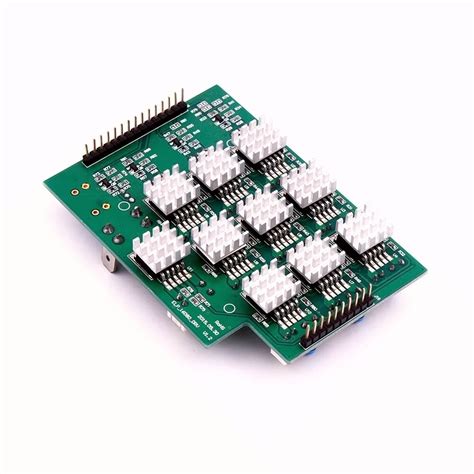
Expert Tips for Selecting the Right PCB Assembly Service for Your Project
Choosing the right PCB assembly service is essential to the success of your electronic projects. First and foremost, it is vital to assess the experience and expertise of potential providers; companies that have been in the PCBA industry for several years often demonstrate a greater understanding of complex assembly processes. Additionally, look for certifications such as ISO 9001, which indicate adherence to high-quality standards. Another critical factor is the range of services offered; a comprehensive provider should be able to handle everything from prototype development to high-volume production. Furthermore, ensure that they utilize modern manufacturing techniques and equipment to enhance efficiency and reduce errors in the pcb assembly process. It’s also wise to compare lead times and flexibility regarding order sizes, as these can significantly impact your project timeline. Finally, don’t overlook customer reviews and case studies; they provide valuable insights into the provider’s track record. By carefully weighing these factors, you can make an informed decision that aligns with your project requirements and budget.
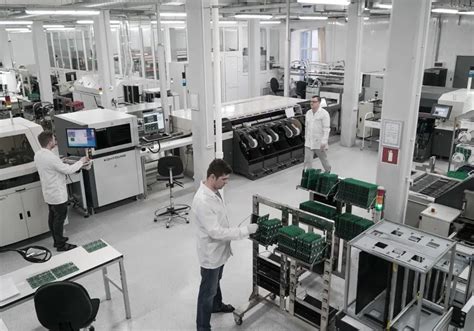
Conclusion
In summary, selecting the right PCB assembly service is crucial for the success of your electronic projects. By understanding the nuances of PCBA and recognizing the key factors—such as quality, efficiency, and cost—you can make informed decisions that align with your project requirements. As highlighted throughout this article, the landscape of PCB assembly is evolving rapidly with technological advancements and competitive providers stepping forward. Emphasizing quality control and turnaround times while navigating common challenges will enhance your production outcomes. With expertise in the various services available, you are now well-equipped to choose a PCB assembly partner that best fits your specific needs, ensuring exceptional results for your developments.
FAQs
What is PCB assembly?
PCB assembly, often referred to as PCBA, is the process of soldering electronic components onto a printed circuit board (PCB). This process transforms a PCB into a functional electronic device.
Why is it important to choose the right PCB assembly service?
Selecting the right PCB assembly service ensures the quality, efficiency, and reliability of your electronic products. A reputable provider can mitigate risks and enhance project outcomes.
What factors should I consider when selecting a PCBA provider?
When choosing a PCBA provider, consider key factors such as industry experience, quality certifications, turnaround times, and pricing. Additionally, it’s important to evaluate their customer support and communication processes.
How do I ensure quality in my PCB assembly project?
To ensure quality in your PCB assembly, collaborate with providers that employ rigorous testing protocols and quality assurance processes. Look for services that offer detailed inspection reports that align with industry standards.
What common challenges can arise during the PCB assembly process?
Some common challenges include component shortages, misalignment during soldering, and difficulties in achieving precise tolerances. Understanding these issues helps you collaborate effectively with your PCBA provider to mitigate problems.

